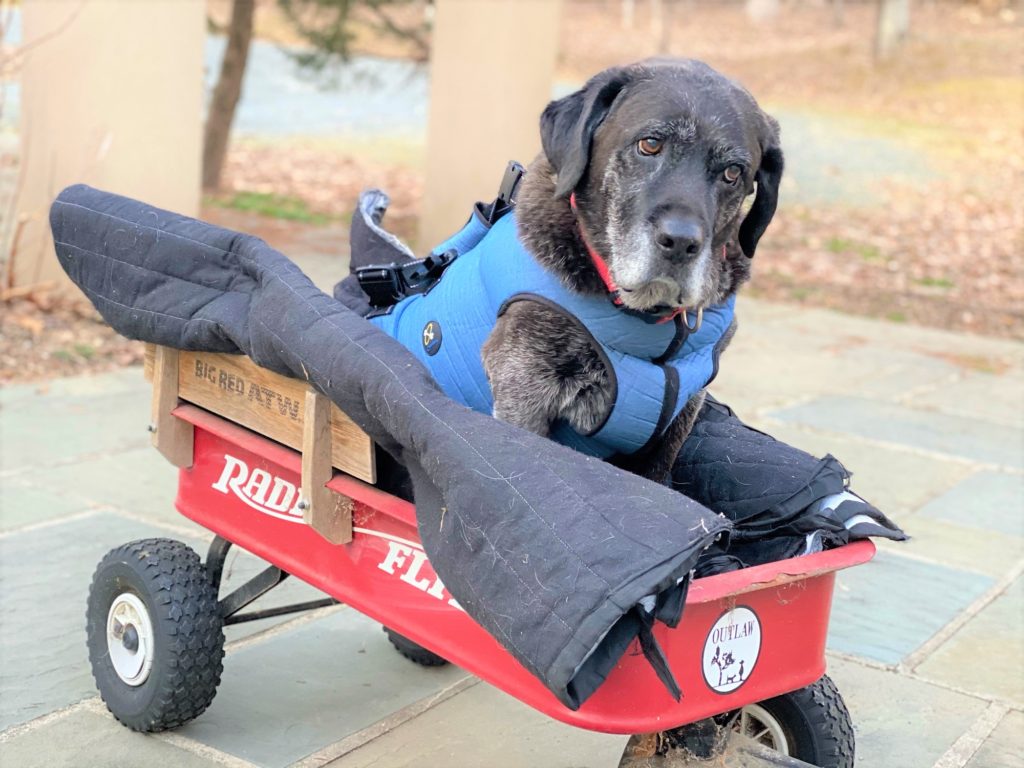
Get creative with mobility.
For ideas on how to make your home more accessible for a pet with limited mobility: Perfectly Imperfect: Home Modifications for Disabled Pets – HomeAdvisor
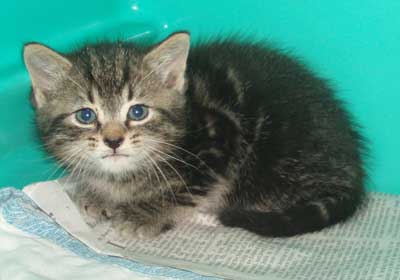
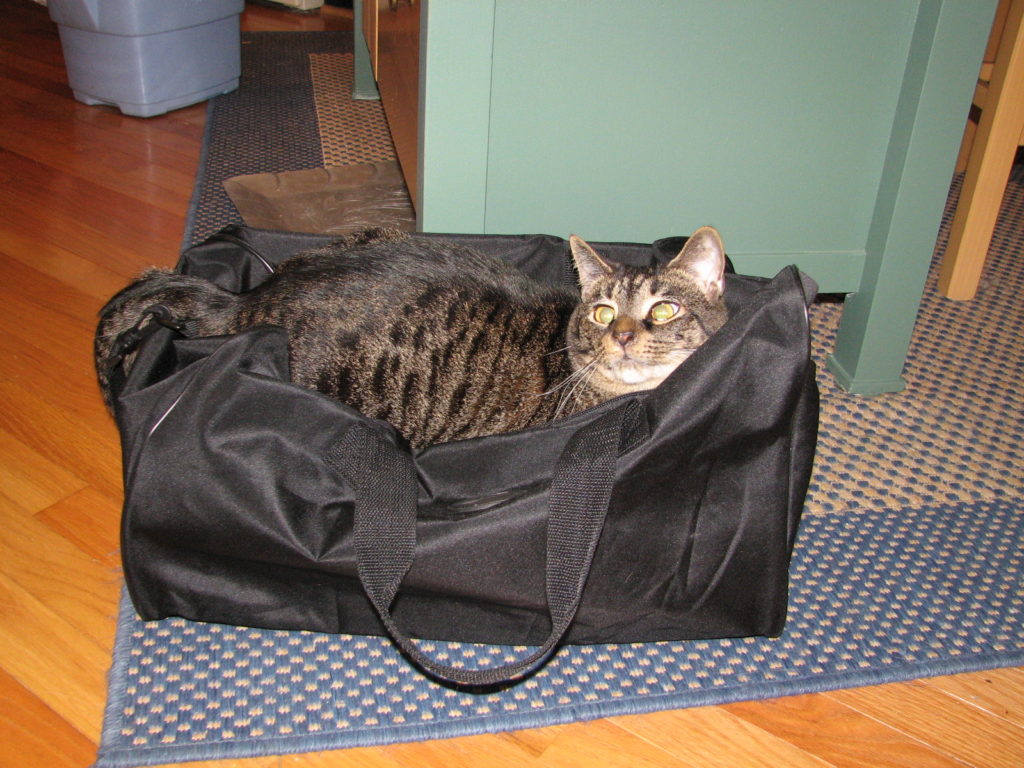
“Zuzu was initially a foster kitten. He presumably threw a clot during neuter surgery and was blind. His litter mates attacked him, so the shelter staff put him in a separate kitten condo. When he kept throwing himself against the bars in apparent frustration, shelter staff asked me to foster him, saying his blindness might resolve eventually. It did, and he lived an uncomplicated life until he developed treatment-intensive megacolon and, finally, cancer.
“To address his comfort, I warmed his 2x daily sub-cutaneous fluids.
“I addressed arthritis mobility issues with pet stairs and a large plastic storage-container-turned-litterbox with a wide entry and 2” step to get in.
“I addressed hygiene issues with baths, pet wipes, and a ‘sanitation shave.’
“Despite the care he needed, his happy, quirky personality remained undiminished to the end.” Kathy, who was owned by Zuzu
Whether this moment is temporary while the treatment has time to work, whether these are your pet’s last days before a death in its own time at home, whether you and your veterinarian have decided that euthanasia is the most humane course, whatever the circumstances, make these days calm, quiet, dignified, and comfortable.
In addition to pain medication prescribed by your veterinarian, if appropriate, comfort issues include mobility, protection, grooming, hygiene and incontinence, nutrition, hydration, and mental health.
Create a calm atmosphere. Your pet probably picks up on cues to your emotions, so maintain calm patience while you deal with the new demands – cleaning up messes, preparing a home-cooked bland diet of chicken and rice, carrying or repositioning your pet,…. Provide an atmosphere that is as uncomplicated as possible. Maintain your routine of walks and play for as long as possible. Keep talking to your pet as you always have. Live until the end.
Address mobility issues by such things as setting up food and water bowls at a more convenient location and more comfortable height; lowering the entrance to litter boxes; providing for daily needs without requiring stairs by putting food, water and litter boxes upstairs and downstairs; providing surfaces with good traction (rug runners over tile or wood floors); helping your pet reposition itself by assisting the pet with a harness or even a towel around its middle to help it get up; and wheeled mobility devices.
New products, like the Help ’em up harness (to name just one), are being developed all the time. The Handicapped Pets Foundation (hpets.org) describes itself as “dedicated to the health and well-being of elderly, disabled, and injured pets.” It donates new or reconditioned wheelchairs to pets in need.
Address comfort issues by providing comfortable bedding (higher, padded sides can be good to lean against) located in areas of your pet’s preferred temperature (a sunny window, a cool tile floor), pet steps for access to beds and sofas if they are part of your pet’s territory, and rotating a bed-ridden pet from one side to the other.
Address protection issues by giving the ailing pet a way and a place to escape from others pets in the household that may take advantage of this pet’s vulnerability.
Address grooming and incontinence / hygiene issues by regularly combing / brushing to minimize matted fur, having your pet professionally groomed, getting a “sanitation shave” of the pet’s rear area, using a washcloth damp with warm water to clean where the pet is unable to reach, sanitizing and changing soiled bedding frequently, and providing puppy pads or artificial turf for indoor “pottying.”
Address food and hydration issues with an appetite stimulant your vet prescribes, administration of sub-cutaneous fluids, gentle coaxing or hand-feeding with flavorful and calorie-dense food (many prescription cat and dog foods have products specifically for this purpose), or a home-cooked bland diet your veterinarian recommends.
Address mental health issues by providing pleasurable interactions with and comfortable access to human companions (like with a bed in the room where the family gathers for meals or the evening), or pleasurable activities that don’t put pressure on limitations (favorite toys, car rides, being petted and talked to, a bed in front of a window). What are your pet’s favorite things to do? Can you find a creative way to still make them available, adjusting for your pet’s new limitations?

All the named animals pictured in this blog were someone’s treasured pet. They may have crossed the Rainbow Bridge, but their absence makes them no less beloved.
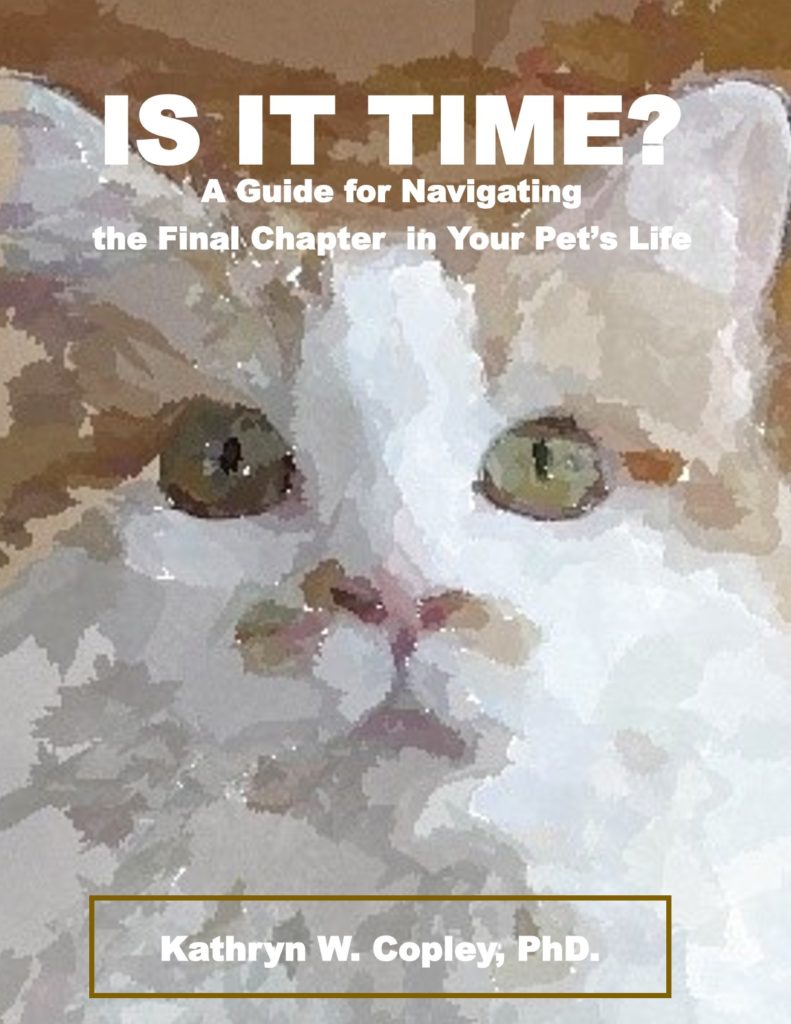
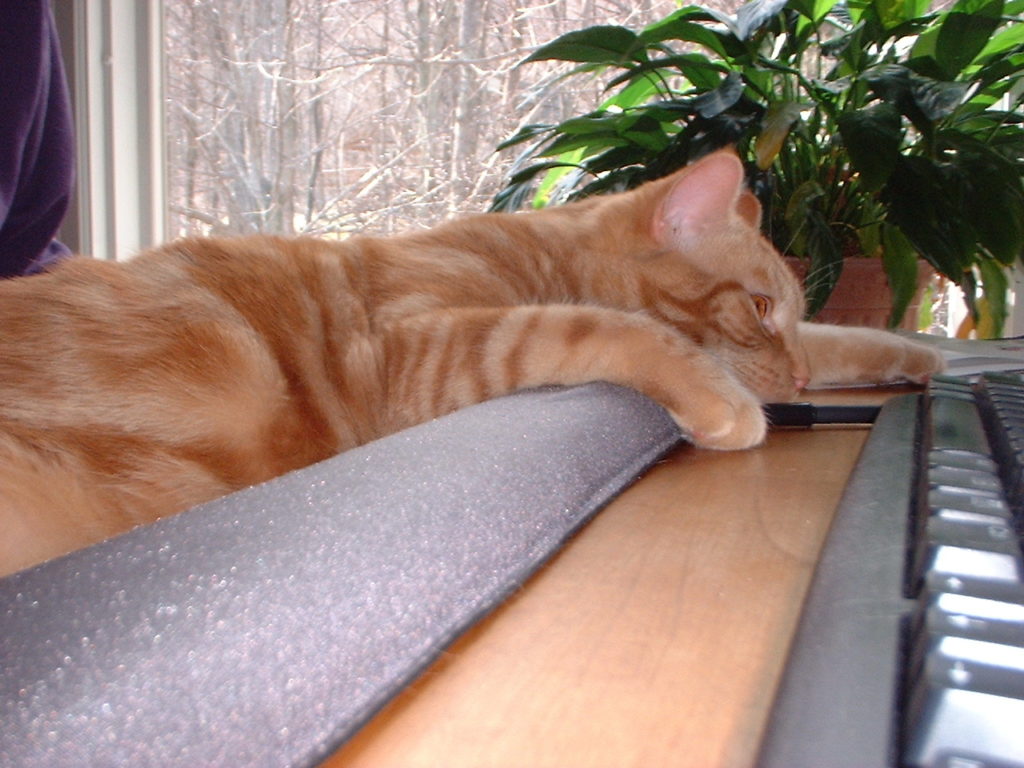
I may not know what tomorrow will bring, but remember… today I have you.